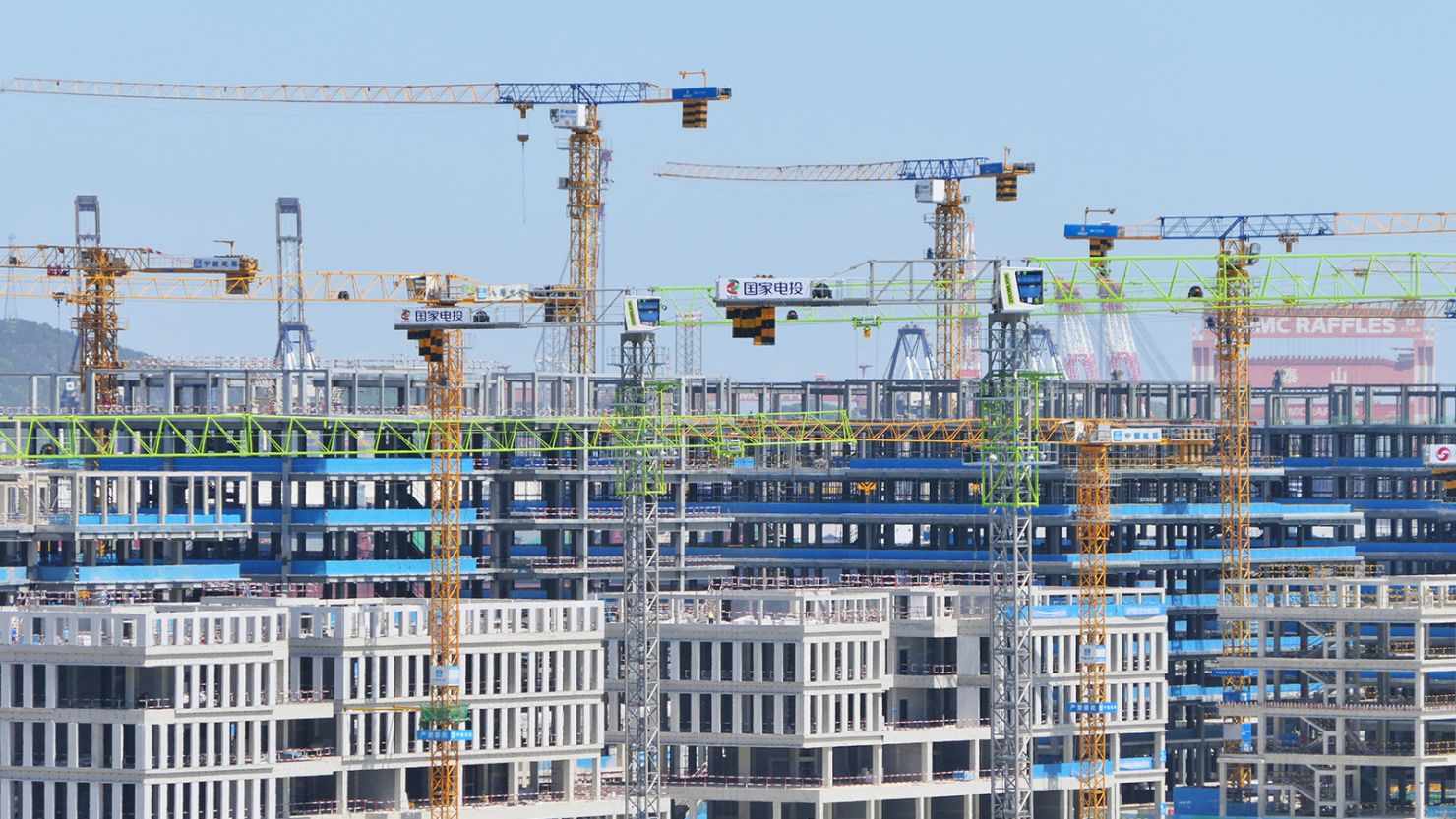In a move eagerly anticipated by investors, Beijing has unveiled its most ambitious plan yet to rescue its ailing property market. This initiative, however, comes with considerable uncertainty regarding its effectiveness and scale.
The new package centers on a strategy tested in a major city: local governments will purchase unsold homes from developers and convert them into social affordable housing. Additionally, the plan includes a reduction in mortgage interest rates and downpayment ratios, alongside a substantial injection of 300 billion yuan ($41.5 billion) in low-cost central bank funds to finance state purchases of these unsold properties.
The announcement follows closely on the heels of an April meeting of the Politburo, China’s top decision-making body, underscoring the urgency Beijing places on stabilizing the property sector as it seeks to revive growth in the world’s second-largest economy.
“Policymakers recognize the urgency to prevent an outright property crisis,” said Zhaopeng Xing, senior China strategist at ANZ Research. “The new rescue plan demonstrates their resolution to turn things around.”
Despite this urgency, experts warn that the current package might be too limited in scope to be effective and could face significant funding challenges.
Goldman Sachs estimates the total value of unsold homes, unfinished projects, and unused land in China to be around 30 trillion yuan ($4.1 trillion). To reduce the housing supply to levels seen in 2018, the peak year of the real estate boom, may require over 7 trillion yuan ($967 billion) across all cities, the analysts noted. This figure dwarfs the 300 billion yuan announced by the People’s Bank of China (PBOC).
Even though China’s economy grew faster than expected at the beginning of this year, the real estate sector, once contributing up to 30% of economic activity, continues to drag on overall growth.
Is the Funding Sufficient?
While the flurry of announcements last week signals decisive action, the details of the government purchases remain unclear. Crucially, it is uncertain how local governments, already strapped for cash, will secure the necessary funds.
Tao Ling, deputy governor of the PBOC, stated on Friday that the relending program could eventually support 500 billion yuan ($69 billion) in bank loans for property purchases. However, this amount falls short of the vast sums needed to address the backlog of empty or unfinished homes nationwide.
Nomura’s chief China economist, Ting Lu, estimates that completing the construction of pre-sold homes alone would require at least 3.2 trillion yuan ($442 billion), with approximately 20 million pre-sold homes still unbuilt.
Helen Qiao, chief economist for Greater China at Bank of America, described the funding size of up to 500 billion yuan as “rather underwhelming.” She emphasized that without further expansion, the plan is unlikely to make a significant dent in the inventory of empty or unfinished homes.
Finding the Funds
The challenge of securing funding is compounded by the financial strain on local governments. The Housing Ministry suggested that local governments could direct state-owned enterprises to purchase some unsold homes from developers. However, local government financing vehicles (LGFVs), which already bear substantial hidden debt, are barred from making these purchases, limiting the available options for funding.
Chinese cities have accumulated approximately $15 trillion in debt, much of it hidden, due to extensive borrowing for pandemic-related spending and infrastructure projects. The property market slump has exacerbated their financial troubles, as land sales—typically accounting for more than 40% of local government revenue—have plummeted. This debt distress has forced many cities to slash spending, even suspending essential services like winter heating.
Jing Liu and Taylor Wang, China economists for HSBC, questioned the prudence of adding more debt to already heavily leveraged local governments in a recent note.
China’s property sector began to cool in 2019, plunging into a deep crisis about three years ago following a government crackdown on developers’ borrowing. Policy efforts to rescue the market started in 2022 but have largely been ineffective, leading to deteriorating cash flows among developers. The recent troubles of Vanke, a major real estate firm, highlight the pervasive risk in the industry.
The Beginning of a Long Journey
Experts agree that addressing the oversupply of unsold homes is just the first step. According to Goldman analysts, the government must also bail out developers and help them complete pre-sold but unfinished homes to maintain social stability and prevent further declines in new home sales.
Additionally, boosting housing demand and mitigating the contraction in property construction will require detailed measures to revive consumer confidence and increase housing prices.
The external environment poses further challenges. Recently, the US government announced new tariffs on China, with similar actions potentially following from the European Union. Former President Donald Trump has threatened even harsher tariffs if re-elected, which could cut China’s growth rate by as much as 0.9%, according to Xing.
“The rescue is not a game-changer for housing in lower-tier cities, which will likely remain depressed,” stated Michelle Lam and Wei Yao, China economists at Société Générale, in a research note. They emphasized that the rescue plan needs expansion and more detailed policies to be effective.
Nevertheless, Beijing’s bold initiative could help stabilize expectations and prevent China from slipping into a “deflationary spiral” similar to Japan’s, a situation where delayed and insufficient policy responses proved costly. “This might be the beginning of the end of China’s housing crisis,” they concluded.







